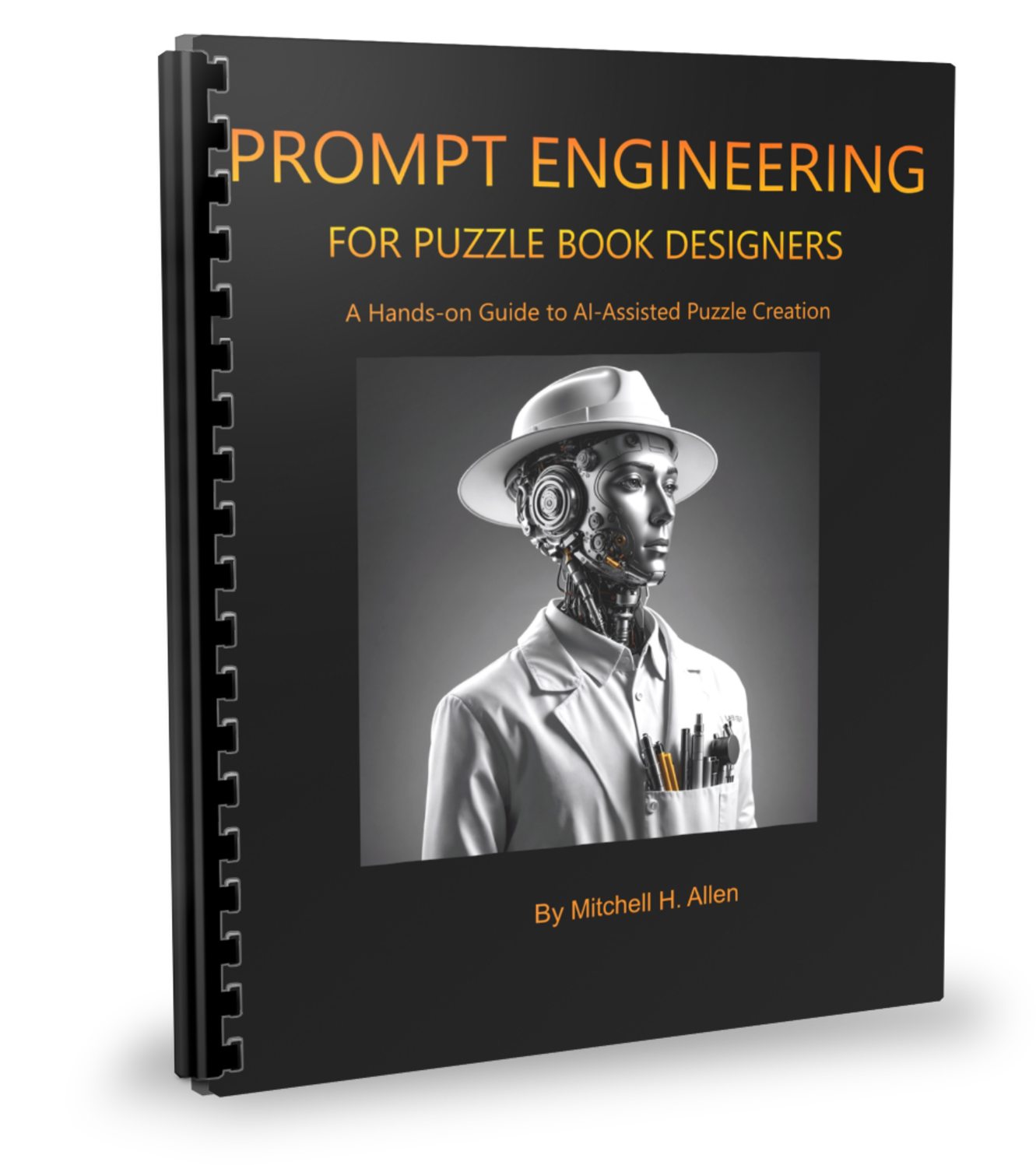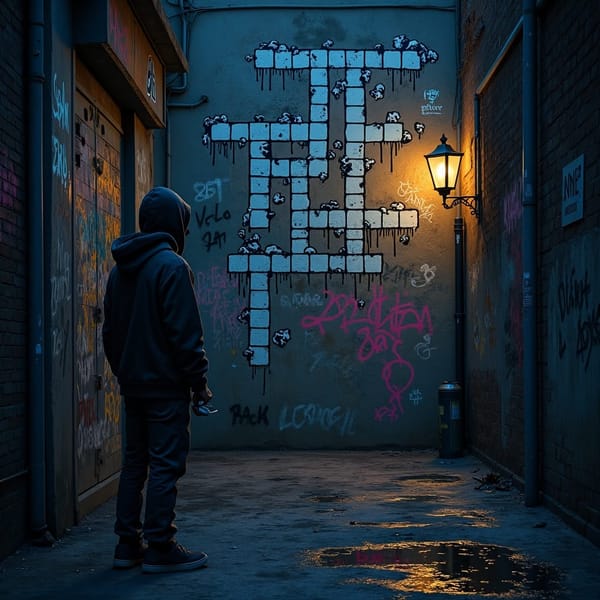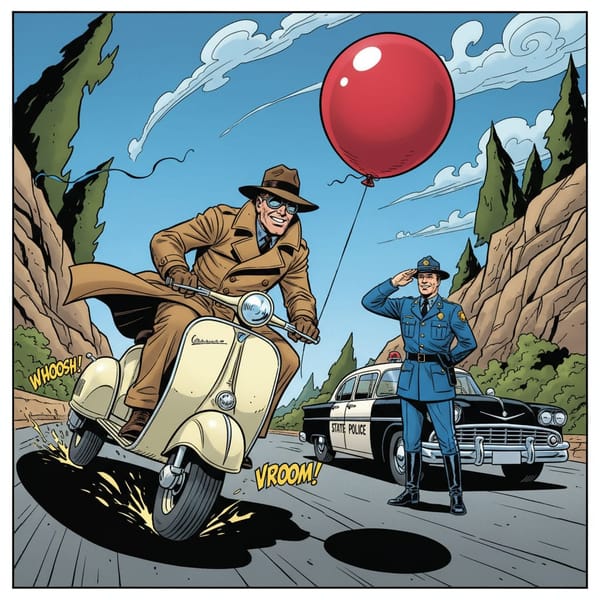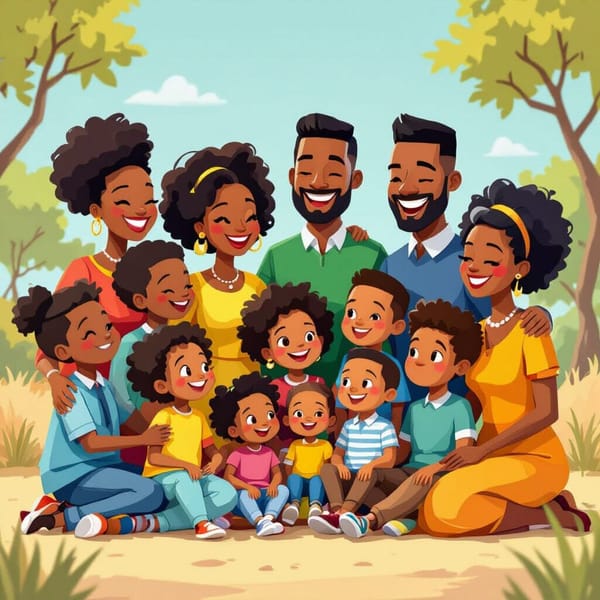A New Book!

As part of my puzzle design journey, I have joined several groups, mostly on Facebook. I've learned a lot of things and have now become a teacher of things.
One of the things, of course, is puzzle design. Long-time readers may recall my essays from Substack. (Someday, I'll polish them up and repost them here.) I have strong opinions about the craft. The most fervent opinion is about creativity.
Notwithstanding the indistinguishable offers at the Dollar Store, success with puzzle books depends on two things: quality and novelty. Quality separates mass-produced word search books from carefully curated themed versions. Novelty is that 1% viral sensation that takes the industry by storm, delights millions of solvers and financially rewards that lucky, overnight success (kidding!)
Quality can be learned. Novelty is an aspiration. Creativity is the fuel. If you focus on creativity, you build a renewable energy source for your designs. The question then becomes, "How do I keep that energy flowing?"
That is the second thing I teach. Over the years, I have described all manner of inspiration. From writing prompts and Twitter foolishness to product labels and TV tropes, I find ideas as I filter my daily interactions through an odd funnel of hearing-impairment and quirky sense of humor.
Of course, each of us manifest creativity in different ways. However, some of us, in the pursuit of productivity, seek to supercharge the creative process. I mentioned writing prompts. I'm talking about those exercises where you are given a list of words, a sentence, a photograph or a scenario and are tasked with creating a short story. These prompts serve to unblock your creativity by having you focus.
There is another class of prompts that is getting a lot of attention these days: AI prompts. As tools like ChatGPT, Claude, Gemini, Copilot and others proliferate on the web and on our devices, we have come to recognize the power of throwing a request "into the chat" and getting quick, sometimes amazing answers.
However, these chatbots are different from doing a Google search. These tools are not static databases of information. They are so much more. And so much different.
The ease with which you can access the tools and start interacting creates a problem: if you don't understand what the tool is doing with your typed words, you won't understand why any of the following happens:
- The tool confidently responds with gibberish
- The tool gives you a simplistic answer
- The tool spits out an incomprehensibly volume of dry facts
I know that not everyone is going to devote the time to learning about what's going on under the hood. However, it is disheartening to see people approach these tools, try something, and then wonder why the results are not what they expected.
This reaction is prevalent in creative endeavors: writers give up after not getting high quality output; coders complain that they have to spend too much time trouble-shooting the output from AI; puzzle designers are disappointed that the AI doesn't generate a complete puzzle after a simple request.
When I first started using ChatGPT, I experienced all three reactions. My prompts (the words I typed into the chat) were bad. I just didn't know that yet. Once I had taken a course in Prompt Engineering, my results improved.
Over time, I got better at creating prompts. My results were of a higher quality, and I could see the promise of supercharging my creativity.
In the Facebook groups, I tentatively shared some prompts, usually in response to someone's complaint that ChatGPT sucked. The response I got from the group was heartening. They were beginning to see, like I had, that the AI just needed guidance.
As a direct result of helping out in the Facebook groups, I decided to write a prompt engineering user guide, specifically for puzzle book designers. This guide is not a general-purpose book. Writers need a different framework, although the foundational prompts are common to all areas of interacting with AI. My purpose was to answer one question:
Here's what I wrote in my introduction:
Prompt Engineering For Puzzle Book Designers is a simple little book about two very big subjects. If you want to use AI to help you design puzzles for publication, this book offers some ideas. I wrote it because I wanted to bring awareness to casual users of Large Language Models (LLMs), such as ChatGPT and Claude. I do not claim to be an expert on either subject; however, I know that both human creativity and the current crop of LLMs possess hidden powers that complement each other in fascinating ways. From brainstorming to validating ideas and tapping into a seemingly infinite source of facts, design concepts and self-reflection, AI stands ready to work with you on almost any type of puzzle.





